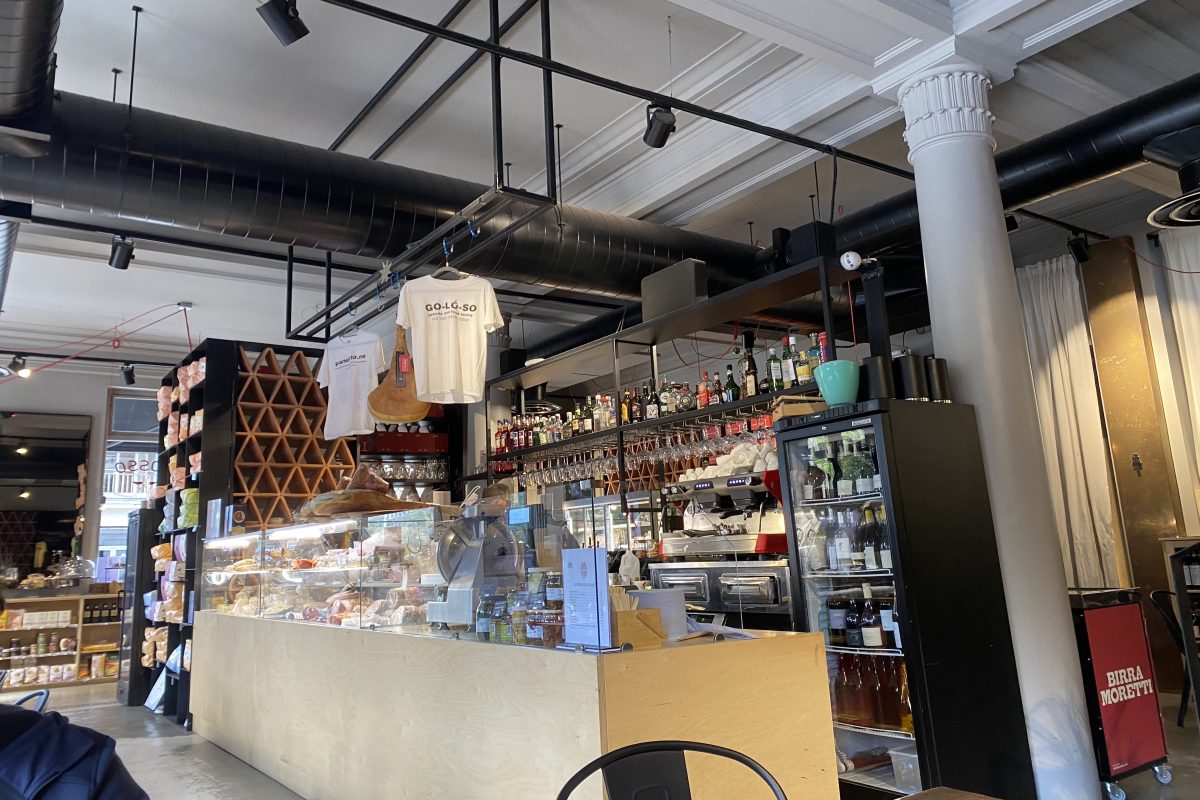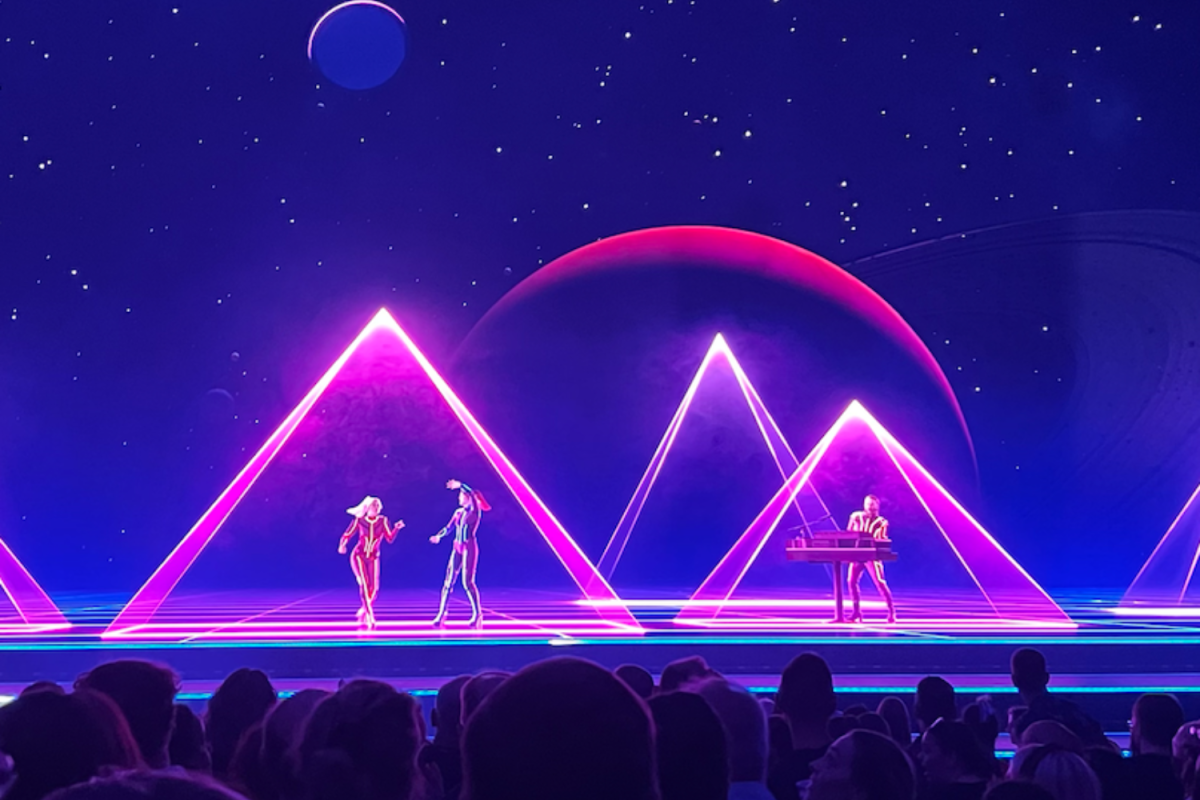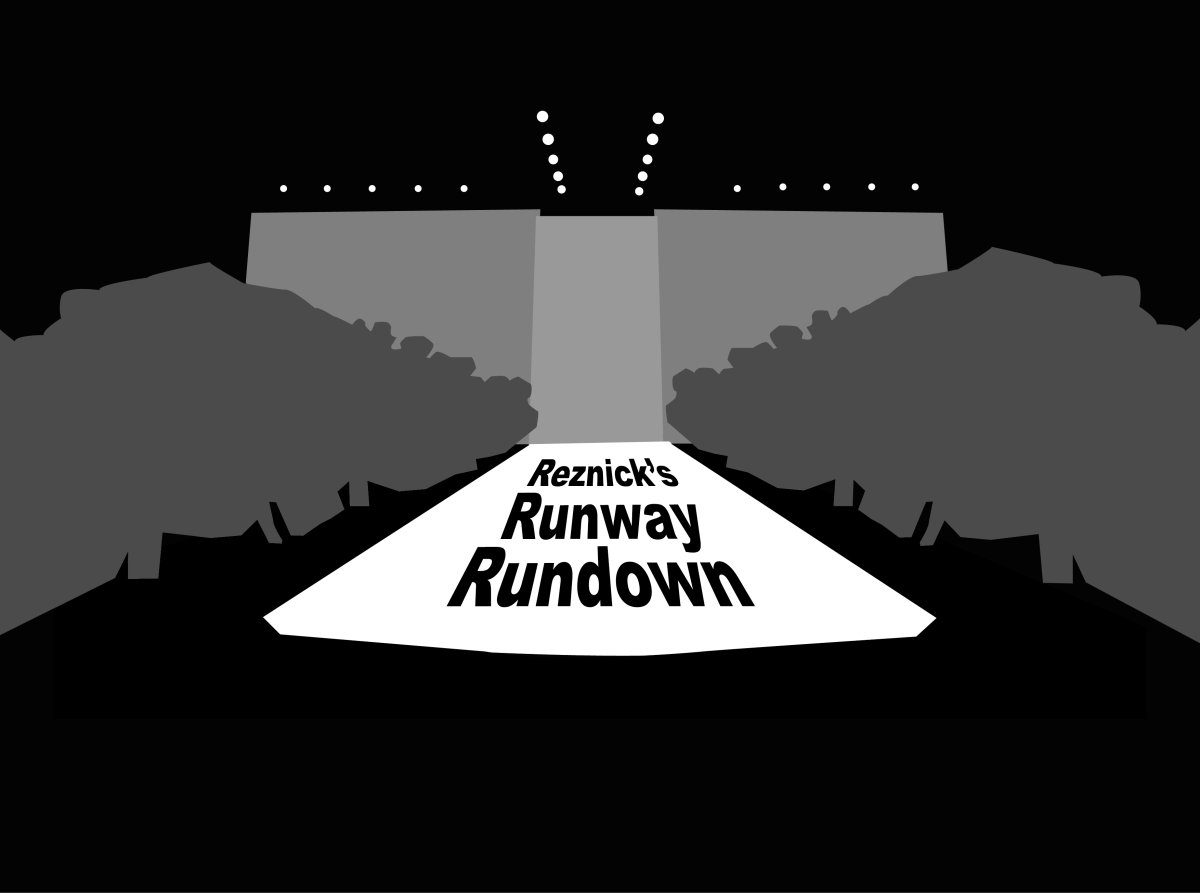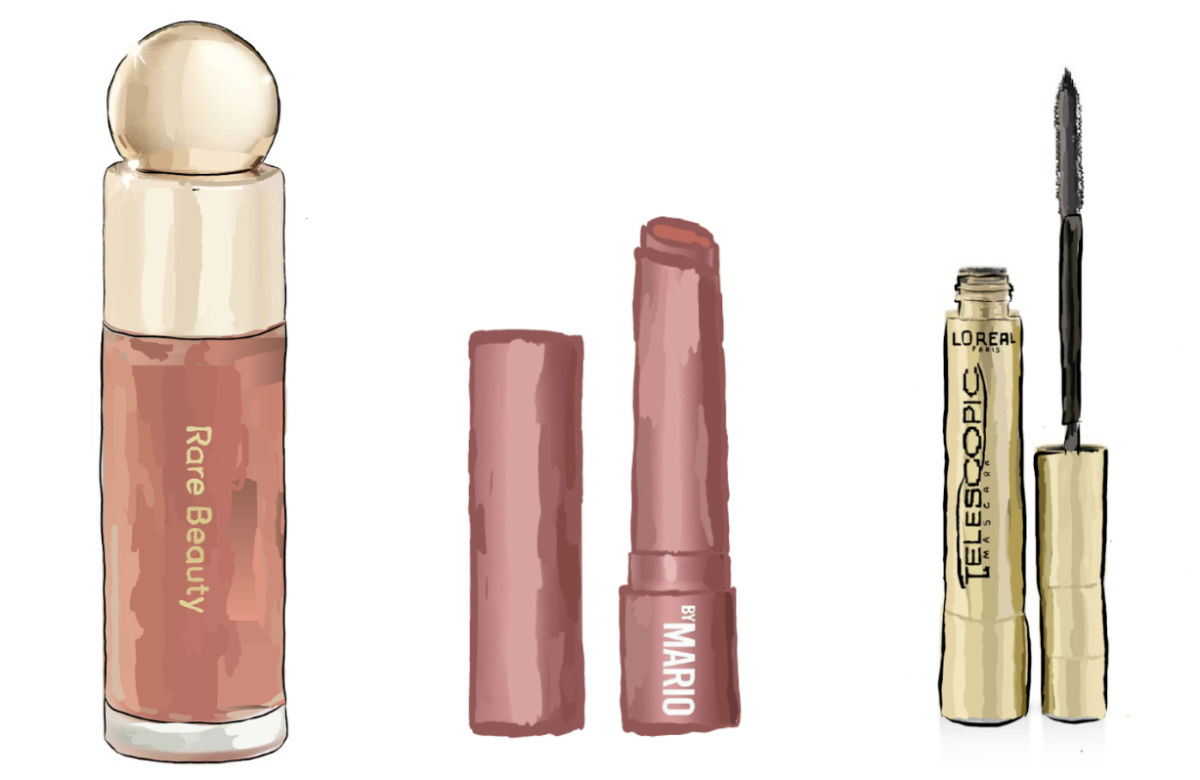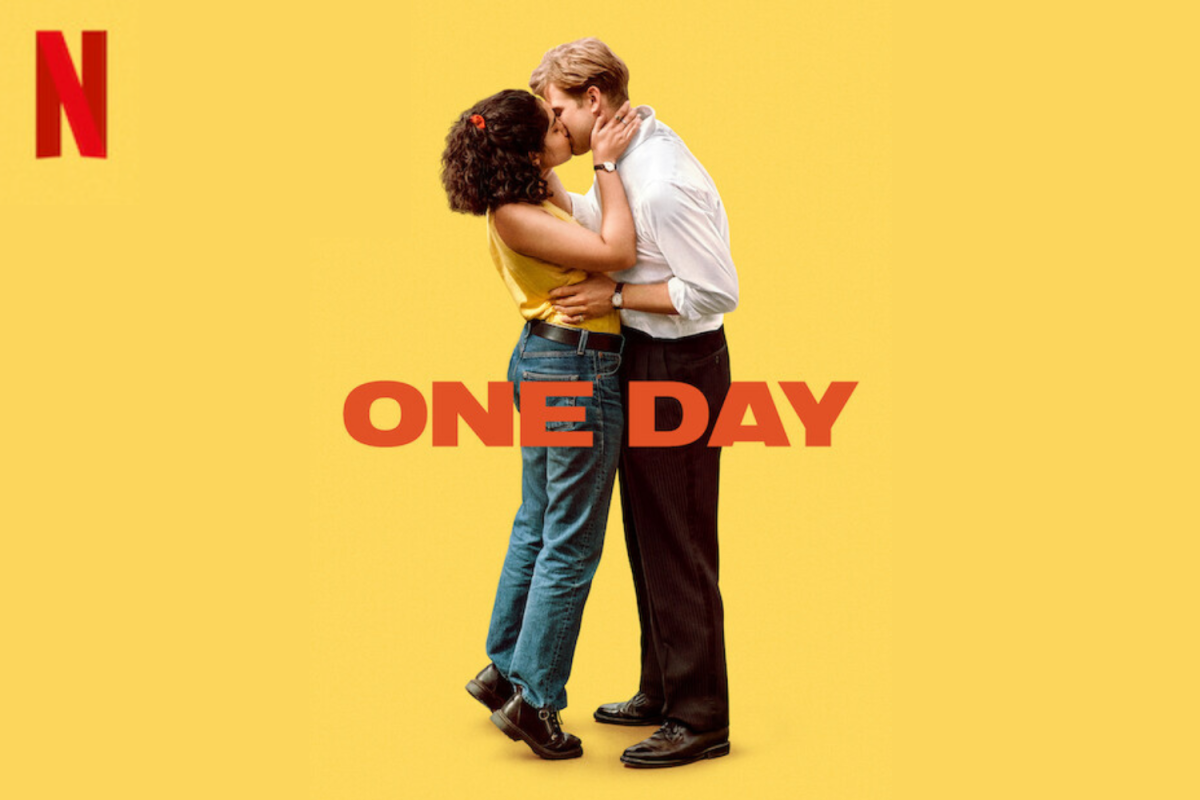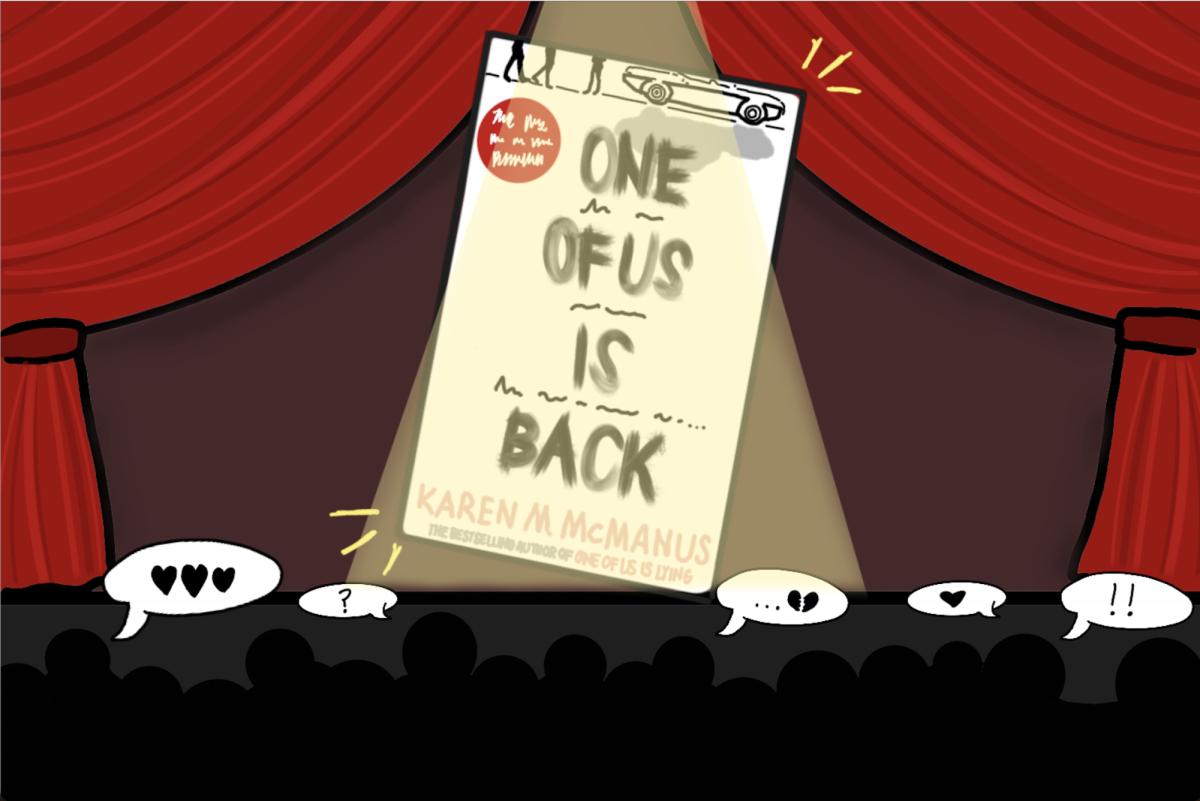Exploring how past styles affect the current trends and a glance into the future of fashion.
Unlike most school commutes, a typical conversation Ella Stapleton (’20) has with her mother on their drive to school in the morning involves an in-depth unravelling of the roots of fashion trends.
Stapleton explains that the way fashion trends come and go is influenced by an almost cyclical pattern. “Right now the ’90s [are trending] and a decade ago it was the ’80s.” However, she still observes many decades in the fashion world today. “A lot of models right now are very vintage and a lot are really future-y.”
While Stapleton appreciates the modern direction fashion is taking, she prefers to revive some of her mother’s old garments. “Ninety percent of my clothes are my mom’s hand-me-downs,” she said.
Agreeing with Stapleton, Kyle Dubin (’18) also believes fashion continues to cycle over time. “I think past trends resurface a lot because people always find the past interesting,” he said. Dubin also noticed that the resurgence of past trends is a common theme in the fashion industry, but believes it is derived from a fascination with history. “I feel like a lot of it might be nostalgia for earlier decades. We romanticize times that aren’t ours because they seem better or different than what we have,” he said.
Stapleton draws ideas for her evolving style from many different platforms. “I spend a lot of time online and I collect little magazines… I.D. magazine, Plastik.” She also frequently visits vintage stores, usually purchasing clothes that don’t fit well. “If I go in and I see something weird, or something cool, or that I really like, then I’ll pick it up,” she said.
Stapleton’s interest in past trends is connected to how she likes to wear “things together that aren’t really known to go together.” Stapleton believes that this leads to a more unique and personal fashion sense, adding that “it’s much cooler because no one else is wearing it.”
Meanwhile, Gigi McQuarrie (’19) seeks inspiration from stylists and fashion week updates. “You have to actually dig around to find who the stylists of these people are because a lot of the people you see on social media don’t actually dress themselves,” she said.
However, on a day-to-day basis, she likes to develop her style according to how she feels. “My style will either be really feminine and pretty, or kind of androgynous or sporty, it depends,” she said.
Similar to Dubin and Stapleton, McQuarrie draws inspiration from previous decades. “I really like the ’70s, but mostly I would say, ’60s or ’90s because I like the sort of mod, baby doll dress, those cat eye sunglasses, big hair, big earrings, some patent leather, that kind of thing,” she said.
For Dubin, much of his own style is inspired by looking to the past, but he is also largely influenced by different cultures. “A lot of times the designers I follow get inspiration from looking back to certain cultures, like rock music, and the ’70s and ’80s aesthetic. Other times it’s art in general,” he said.
While Dubin believes his own style does not conform with mainstream trends, as trends go in and out quickly and are usually endorsed by a designer, he still enjoys looking at the ongoing streetwear culture and how it has adapted overtime. “It’s interesting because a lot of fashion is trend-based, it’ll go in and out of style really quickly, with streetwear especially,” he said.
Dubin also highlighted the prominence that a single designer can have on fashion culture, and the domino-effect that can leave on society. “Sometimes it’s just that one designer… will do something ’70s related and then everyone will start wearing ’70s style clothes,” he said.
Dubin believes that prominent figures are able to influence the fashion community and also society at large. “Usually trends start with a celebrity who starts endorsing a designer, and then a bunch of people catch on to that and it makes its way to the ‘fashion forward’ crowd. Eventually it ends up with some high-street brands like H&M and Zara copying those trends,” Dubin said.
McQuarrie believes that this has led to a lack of fashion diversity in society. “Something that’s really sad in fashion is everybody is wearing the same stuff,” she said. She describes today’s fashion as “very standardized” and having a preference of looking “regular rather than individual.” To combat this she tries to wear “a lot of really weird and kind of eclectic pieces” in an effort to ensure a degree of distinctiveness.
McQuarrie also believes that the uniqueness of fashion will continue to dwindle because of social media following and how shopping is now at the click of a button. “The discrepancy is a lot bigger now because you can copy anyone’s style that you want,” she said.
She explains that this is the reason fashion is beginning to lose its uniqueness and its platform for self-expression. “There are going to be the leaders and the followers as there have always been,” she said.
In contrast, Ludovico De Giorgi (’21) considers his style to be more modern by thoroughly keeping up with social media trends, however he has noticed that there are several negative aspects to fashion. While De Giorgi appreciates fashion for what it is, he said he spends countless hours looking online for inspiration and describes how it can act as a distraction from school and work, as well as a means of proving oneself in society. “I just think that the fashion industry takes up a lot of time nowadays,” he said.
Consequently, De Giorgi predicts that “a lot of the future is going to be filled with people trying to overcompensate and buy things that don’t really matter, because I do that a lot. It’s just overpriced.”
McQuarrie believes that the future of fashion is going to become solely online based. “[Companies] make it so easy to purchase things at the click of the button. You don’t want to go to a store anymore… [fashion] is going to rely now, more so than ever, on social media,” she said. McQuarrie has observed this in comparing how much is sold online to how much the stores hold. She explained how stores have a lot of unsold retail right now. “It’s just sitting there because nobody shops in stores,” she said.
However, McQuarrie ultimately predicts that the main shift to future fashion will be visionaries. “[Stylists and designers] are coming up with new things everyday, and that I think is going to be the future more than anything,” she said.
Written by Staff Writer Maya Ariburnu and Culture Editor Phaedra Letrou
Cartoon by Gaby Iwegbue

